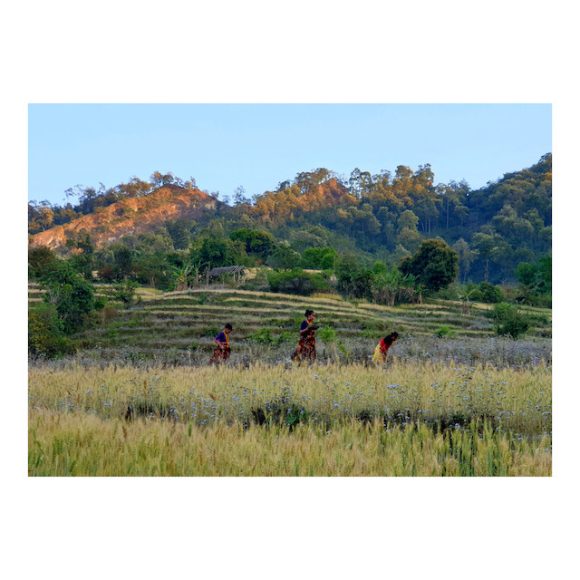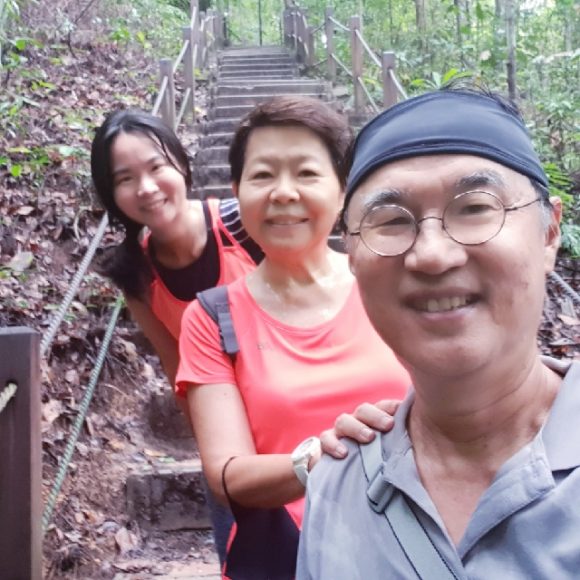It was a good sixteen years ago, in October 2007, when I last visited Nepal on a trek with friends on the scenic Poon Hill trail. You can see the old video HERE. Things have changed considerably in Nepal. We paid toll to communist insurgents to trek through the areas they controlled. Now they are […]
I did not know how unfit I was until I tried to to summit Bukit Timah Hill via Dairy Farm. I would park near Hillview MRT and take the Wallace Trail and veer off a side path that leads to the Dairy Farm Loop, and thence to Jungle Fall Path, and down Rengas Path and […]
I had to learn the lesson of accepting my limits the hard and painful way. Obviously I was a slow learner because this was not the first time I suffered thus.
Its vineyard country we have entered, following one of the journeys of St Ignatius. We walked 15km on Saturday and about 14km today. The only difference to me was that the former was quieter and hardly anyone crossed paths with us, while today, many who were walking the Camino Santiago walked past us, including locals […]
I have been hiking regularly again. It has been a few years since I have been this regular hiking the Bukit Timah Hill. After the Hill was closed for works for about two years the trekking group continued with hikes all over Singapore. I wasn’t keen on those kind of flat ground and hot sun […]
The Mt Hallasan hike gave me a muscle strain on my right leg so it was good that on the day after, we did not hike, but went instead on a sightseeing tour around Jeju island. We saw a UNESCO World Heritage site called Manjanggul Cave, a tunnel cave formed from volcanic lava flow. It […]

